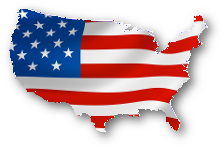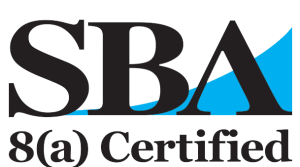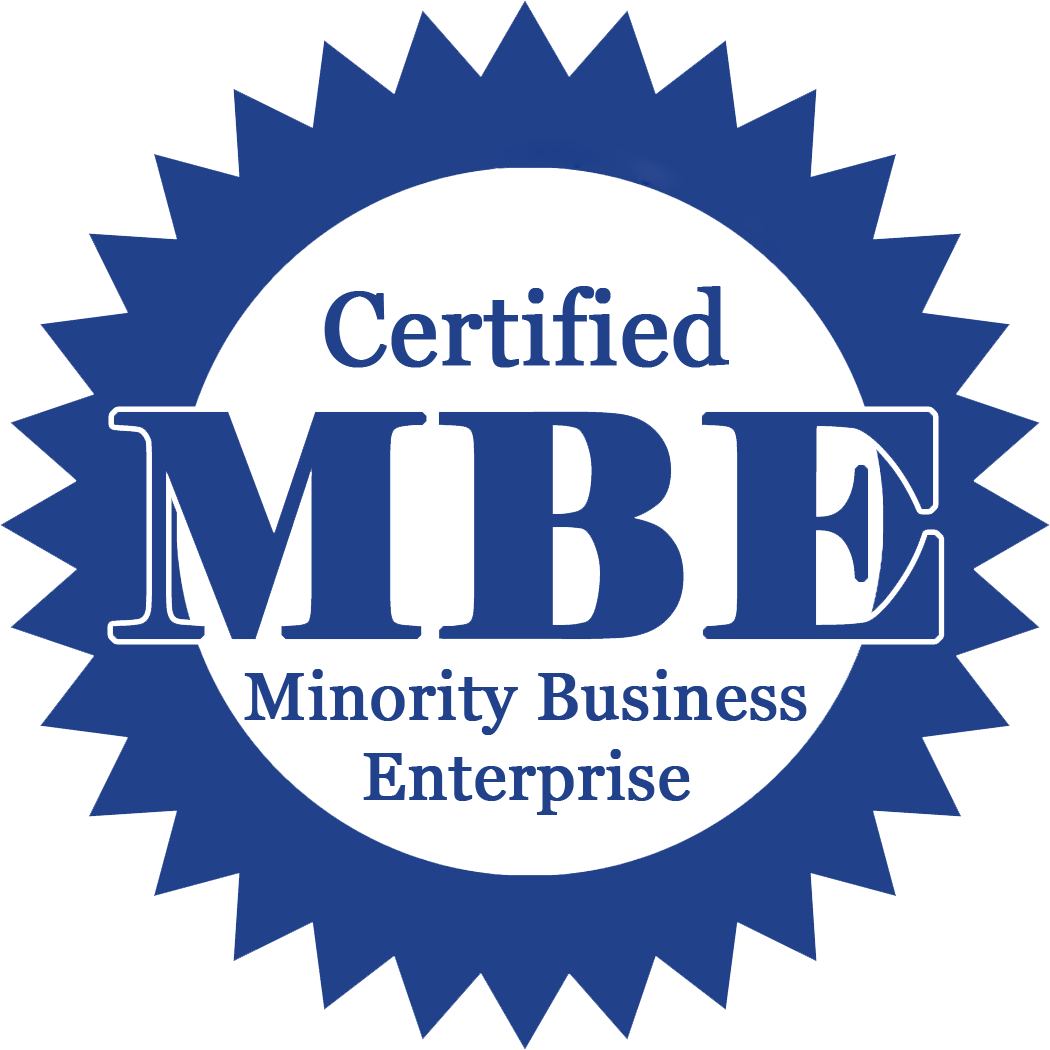ROHN 65SS080 Complete 80 Foot Self Supporting Tower
This Product Order Supplies the Following BOM (Less Foundation and Installation) in accordance for Use as a Self Supporting 80 Foot ROHN 45G Tower with EPA's (Effective Projected Area) Ratings for 70, 80 or 90 MPH (No Ice). Refer to Larger Image, Brochure or Footer Links at the Bottom of the Page below for Ice Loading and EPA Information.
| QUANTITY | PART NUMBER | DESCRIPTION |
|---|---|---|
| 4 | 6520G | 20' Tower Section |
| 4 | 65JBK | Bolt Kit for 65G Tower Section |
| 1 | CP4A | Top Cap Plate Kit |
| 1 | SB65GH | Base Section |
| 2 | BGK2G (OPTIONAL) | Ground Kit |
| 1 | ACWS | Anti-Climb Warning Sign |
| 1 | ASSEMBLY GUIDE | |
This 65G Tower is to be used in a Self-Supporting Configuration according to Use and Foundation Specifications in the ROHN Catalog. This Height Configuration relies on a R-SB65G Embedded in a Concrete Foundation Specified by Engineering. As a Free-Standing, Self-Supporting Structure, a 70 MPH rated 65G Tower can rise to a maximum of 80 feet. Consult ROHN 65G Catalog Links of the Footer Section at Bottom of Page for more ROHN 65G Tower Configuration, Foundation and Grounding Detail Information.
The Self-Supporting G-Series Towers offer an easy, low-cost solution to get light weight antennas in the air quickly. By using the G-Series tower as a self-supporting structure, you minimize land area usage. They are functional in a wide variety of wind speeds, with and without ice. See ROHN´s standard design to help identify the right structure for your project. Theses are the same sturdy, robust tower sections that ROHN has fabricated for years. Each larger model allows for more loading capacity.
Wind Loading, Antenna Loading and Wind Survivability ratings vs. Height Documentation Provided by ROHN is available here as a Resource, but is by no means complete by itself or a susbstitution for Engineering Conducted Specific to your Application. Contact Us with any Questions you may have regarding Use prior to Purchase. All Information regarding the ROHN 55G Tower line, Parts and Accessories is as accurate and complete as we can possibly provide given that this Resource Offering is subject to change without Notice and is beyond Our Control.
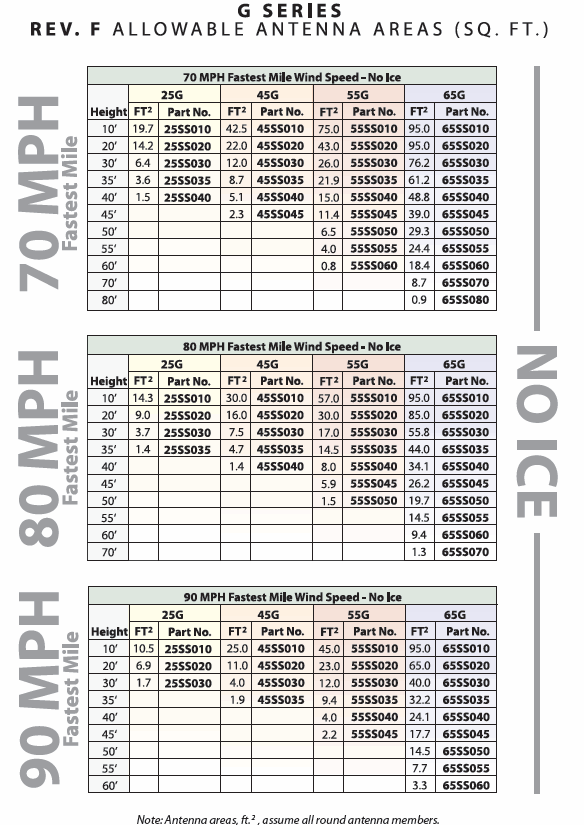
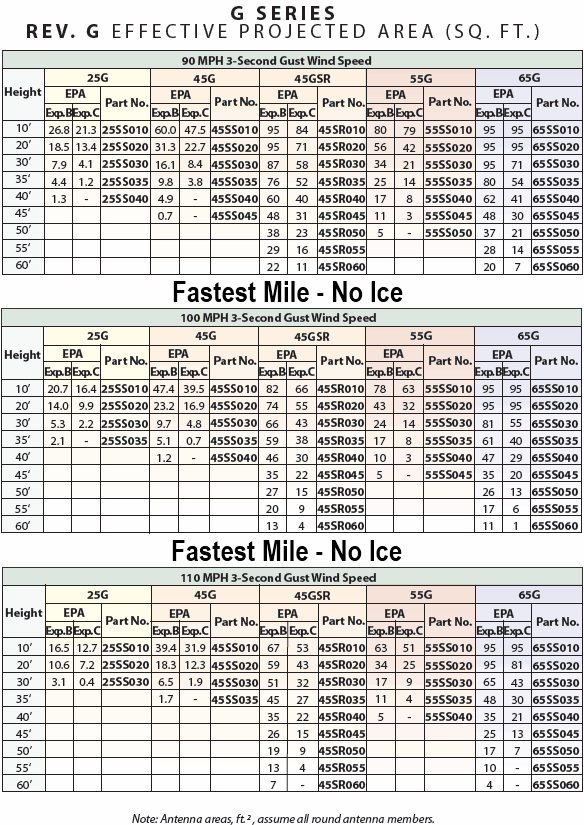
DESIGN NOTES:
1. Tower designs are in accordance with approved national standard ANSI/EIA-222-F.
2. All towers must have "fixed" bases. Pinned bases may not be used.
3. Designs assume transmission lines symmetrically placed as follows:
25G Tower - One 5/8" Line on each face ( Total =3)
45G Tower - One 7/8" Line on each face ( Total = 3 @ 7/8" & 3 @ 1/2")
65G & 65G Towers - Two 7/8" Lines on each face ( Total =6)
4. Antennas and mounts assumed symmetrically placed at tower apex.
5. Allowable antenna areas assume all round antenna members.
6. Allowable flat-plate antenna areas, based on EIA RS-222-C, may be obtained by multiplying areas shown by 0.6.
7. Standard foundation designs are based on Rev. F normal soil and Rev. G presumptive clay soil parameters. .
FEATURES:
o Completely hot-dip galvanized after fabrication to provide absolute corrosion protection.
o Cross bracing is formed by a continuous solid rod bracing in a zig-zag pattern for strength.
o Pre-engineered loading charts meet varying individual specs and site conditions.
o Typical uses include small dishes, broadband, security and two-way communication.
![]()
ROHN G-Series Self Supporting Towers
![]()
This ROHN G-Series Self Supporting Towers Guide will answer many questions you may have on this Product Line.
GUIDELINES FOR THE PREPARATION OF A GEOTECHNICAL REPORT
I. PURPOSE AND INTENT
a) The intended purpose of these guidelines is to assist the customer and/or owner to retain the services of a Geotechnical Engineer.
b) It is not ROHN´s purpose or intent to supercede the Geotechnical Engineer´s knowledge, judgement and/or experience. It is the Geotechnical Engineer´s responsibility to add or delete from these items, based on local site conditions and other factors.
c) Additional information is provided in ANSI/TIA-222-G Annex G "Geotechnical Investigations".
II. DISCLAIMER
a) ROHN will not accept any liability, either expressed or implied, for the use of, and omissions in, these guidelines.
III. EXPLORATORY BORINGS
a) Borings should be taken at tower legs for self-supporting towers and at the base and anchor points for guyed towers. For small self-supporting towers, two borings may suffice. For large self-supporting towers, one boring should be taken at each tower leg. A "small" self-supporting tower is assumed to have a face width less than 20 feet and a compression load less than 50 kips per leg. For pole structures, one boring may suffice.
b) The minimum boring depth should be 30 feet for pole structures, self-supporting towers and guyed tower bases. For guyed tower anchors, the minimum depth should be 15 feet. The actual depth of boring must be determined by the Geotechnical Engineer based on reactions, soil conditions and the type of foundation recommended.
c) If borings cannot be advanced to the desired depth, rock corings should be taken. Rock Quality Designation (RQD) values and compressive strengths should be determined.
IV. GEOTECHNICAL REPORT
a) The following properties, for each soil layer encountered, should be determined by field or laboratory testing and summarized in the geotechnical report:
1. Soil classification and elevations
2. Standard penetration values
3. Unconfined compression strength
4. Angle of internal friction
5. Cohesion
6. "In-Situ" soil density and moisture content
7. Rock quality designation (RQD) and percent rock sample recovered
8. Other properties unique to site conditions
b) The following items should be discussed in the geotechnical report:
1. Geological description of site
2. Observed and expected ground water conditions
3. Expected frost penetration depth
4. Corrosion potential of soil and corrosion protection recommendations
5. Site access and potential construction difficulties
6. Dewatering or site drainage requirements
7. Backfill material recommendations
8. Settlement considerations
9. Additional information to aid foundation designer
10. Recommended types of foundations
11. Design parameters for uplift, download and lateral load
12. Factor of safety considered when allowable vs. ultimate design parameters are provided
13. Recommended construction techniques and inspections












